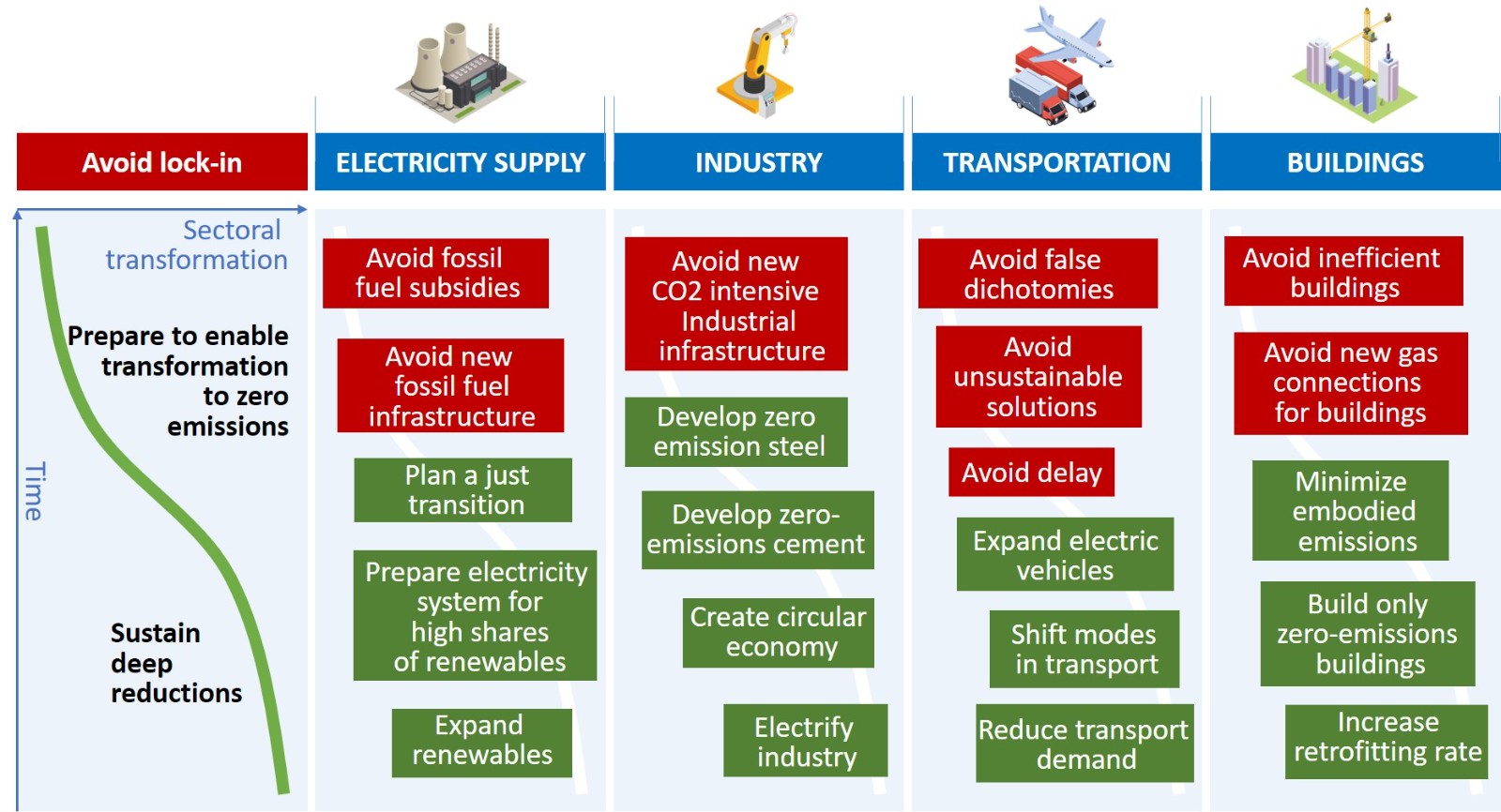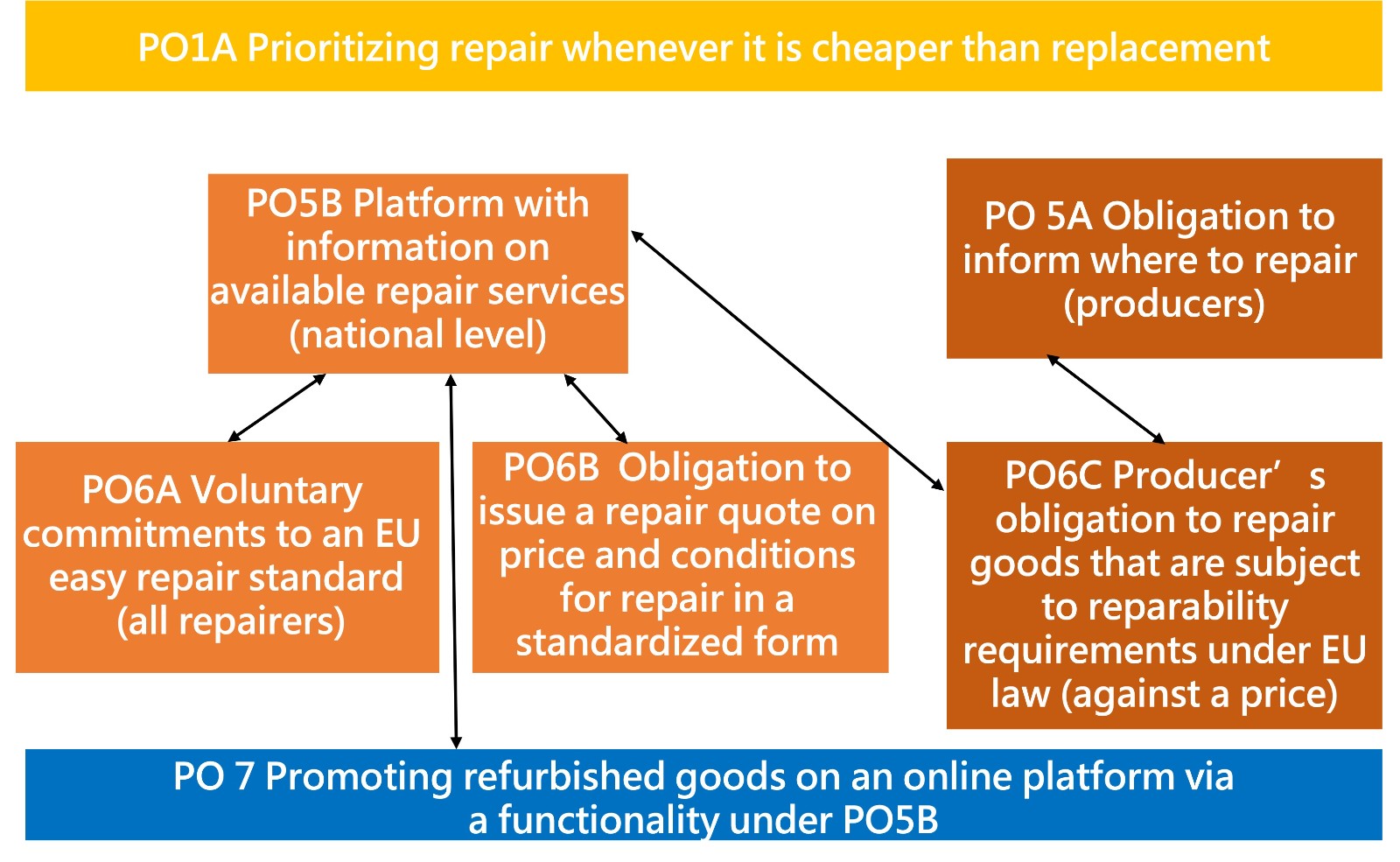Insights
Impact of the EU Right to Repair Proposal on Enterprises-Part One
2023-11-13 09:43:51
Impact of the EU Right to Repair Proposal on Enterprises
On March 22, 2023, the European Commission officially adopted a new proposal Right to Repair (R2R), which is a common rule advocating for product repair by reducing waste to save consumers expenses, while supporting the goal of sustainable consumption under the European Green Deal [1].
What is the right to repair? What problems does it aim to solve? Why is it being proposed now? While the proposal is still in the drafting stage in the EU, France has already implemented a Repairability Index for five products, including smartphones, laptops, TVs, washing machines, and mowers, requiring producers to provide repair documents, disassembly instructions, and spare parts at reasonable prices for more than seven years. Currently, up to 28 states in the US have proposed legislation to establish the right to repair [2]. The ultimate goal of this recent attention to the right to repair is to promote circular economic activity through regulatory establishment, effectively reducing the generation of waste electrical and electronic equipment (WEEE), and making a substantial contribution to energy saving and carbon reduction goals.
The development and application of digital technology have simultaneously boosted the amount of WEEE. The average annual growth rate of WEEE is 3%-5%, nearly three times of urban solid waste. According to statistics, there were 44.4 million tons of global WEEE in 2014, but as much as 53.6 million tons of WEEE were generated in 2019, with an average of 7.3 kg per person, and over 20 kg per person in developed countries. Only 17.4% of the waste was recorded as being recycled (42.5% in Europe, 9.7% in the Americas, and 11.4% in Asia), with an average of 82.6% being recycled in non-compliant ways. Furthermore, it is estimated that by 2030, the amount of waste will reach as high as 74.7 million tons, nearly twice of 16 years ago [3].
Circular Economy | |
When a product purchased by a consumer that has defects, they usually decide not to repair them, resulting in premature disposal, even though these products can be used for a longer time after repair. During the warranty period, under the legal protection of the EU Sale of Goods Directive (SGD), consumers can request sellers to provide free remedies, such as replacing or repairing the products when defects exist. However, considering the timeliness and quality, most consumers prefer to replace them, which often results in returned products becoming waste. Furthermore, the iteration and complexity of product updates have made the average lifespan shorter and made repair and recycling operations increasingly difficult. | |
Especially out of the warranty period, when the seller has no obligation to provide repair services and consumers have no right to free remedies and must pay for repairs out of their own pockets, even if the damage is caused by normal wear and tear or improper use, consumers often refuse to repair the product due to a lack of reasonable repair options and services, no confidence in the quality of repairs and services, or concerns about high repair costs. In addition, the low usage rates of refurbished and second-hand goods also limit the potential for product reuse. Discarding repairable items and replacing them with new ones will increase waste and greenhouse gas emissions and cause unnecessary waste of resources. |
White goods such as washing machines, dryers, and refrigerators have an expected lifespan of about 13 years, but defects often occur within the first 5 years. Many appliances are currently manufactured with lower-cost automation, and once they are out of action, the repair costs often makes it difficult for many customers to accept. According to research, when the repair costs is below 20% of the price of a new machine, up to 61% of customers will choose to repair it. However, when the cost of repair exceeds 40% of the price of a new machine, the proportion of customers who decide to repair it drops to 43%, and when it exceeds 60%, the willingness to repair it drops to only 29%. Of course, this can create sales opportunities for new products, but discarding old products that can still be repaired or used contradicts the concept of a circular economy. | |
Figure 1, Intervention (green) and avoidance (red) pathways for reducing carbon emissions in the four major industrial categories [4] According to a research report published by the UN environment programme in 2022, the industrial sector is the largest contr ibutor to global carbon emissions, including direct and indirect emissions. The energy-saving and emission-reduction path of the Paris Agreement includes (1) electrify industry, (2) reduce demand for and decrease carbon intensity of global cement and steel production, (3) grow and integrate green hydrogen production capacity, (4) accelerate and scale up material and energy efficiency, and (5) promote circular material flow. The recycling of waste materials can help reduce emissions, but the increasing complexity of product design and functionality has increased the demand for materials and still faces significant gaps and challenges in regional recycling. |
Right to Repair Proposal | ||||
To enhance the overall green transition of the European Union, support the European Green Deal and its sustainable consumption goals, and construct a circular economic ecosystem, maximizing the value of goods through sustainable consumption, reducing waste and avoiding the use of unnecessary resources and greenhouse gas emissions. The proposal mainly promotes repair activities and the establishment of the right to repair, including the extension of the producer's obligations and the construction of a mechanism for circular material flow, both in and out of the warranty period. | ||||
> | In the warranty period | |||
Establish a legal protection framework and amend the original Sale of Goods Directive (SGD). In the warranty period, repair should be the preferred remedy for product defects and flaws unless it is more expensive than replacement. Compared to the current situation, this will inevitably generate more repair activities, and consumers still have the right to demand that the product meet the contractual requirements. | ||||
> | Out of the warranty period: | |||
The proposal puts forward several measures to promote and encourage product repair and reuse- extending the producer's obligations, increasing the service life of repairs and products. | ||||
º | According to the European Union's legal bill on repairability requirements, producer are obliged to provide repair services as part of the product quality guarantee, whichcan be paid or free repair, encouraging producers to construct more sustainable business models. | |||
º | Inform consumers of the producer's repair obligations and provide repair service information. | |||
| > | Establish an online matchmaking repair platform: | ||
Recommends repair or refurbish service providers in the region or member states, helping consumers search and compare different repair services based on various repair conditions and prices, by improving the transparency of repair service information, encouraging consumers to repair products and facilitating the finding of sellers of second-hand goods or buyers of refurbished goods, which can help consumers find attractive repair or reuse options as an alternative to buying new products. | |||
| > | European Repair Information Form: | ||
The form provides standardized key information on repair service conditions, time, and price. Consumers can request the form from any repairer, and the repairer cannot change the conditions within 30 days, allowing consumers to compare and find the most suitable service. | |||
| > | European quality standard for repair services: | ||
Helps consumers identify repairers who commit to specific quality standards. The standard will increase consumer trust in the entire EU repair service. |
|
Figure 2, Proposed options for the right to repair legislation in the European Union [5] |
The right to repair proposal, whether extending obligations or establishing platforms and standards, will increase the amount of product repair in the European Union, as shown in Figure 2. Consumers will benefit from using their products for longer periods of time, saving costs, and contributing to the overall EU economy. The repair industry will grow due to increased demand while encouraging retailers and manufacturers to develop sustainable business models. The environment will benefit from less waste, reduced demand for new resources, and reduced greenhouse gas emissions. |
The right to repair proposal directive adds a new dimension to promoting repair in the after-sales environment when consumers use products. In addition, the EU also proposes the ecodesign for sustainable products, expecting to promote the reparability of products from production phase [6], and proposes a directive on empowering consumers for the green transition, letting consumers understand the reparability and durability of goods when deciding to purchase them. These three proposals cover the entire product life cycle, including design, sales, and after-sales, to achieve the "right to repair." The proposal evaluation can help increase employment, investment, and competition in the EU repair industry, while benefiting independent repairers, including small and medium-sized enterprises. The proposal can save EU consumers EUR 176.5 billion and reduce CO2 emissions by 18.4 million tons over 15 years. |
Author
Dr. Albert Liao
Founder and CEO of Wareconn Technology Services (wareconn.com),
Author of “Warranty Chain Management - Digitalization and Sustainability”, Springer
Reference
- European Commission, 2023, Proposal for a Directive of The European Parliament and of The Council – on common rules promoting the repair of goods and amending Regulation (EU) 2017/2394, Directive (EU) 2019/771 and (EU) 2020/1828
- PRIG, Right to Repair, 2023, https://pirg.org/campaigns/right-to-repair/
- Florin-Constantin MIHAI, Maria-Grazie GNONI, Christia MEIDIANA, Chukwunonye EZEAH, Nigeria Valerio ELIA, 2019, Electronic Waste Management and Treatment Technology - Waste electrical and electronic equipment (WEEE): Flows, quantities and management, a global scenario”, Elsevier Science & Technology.
- Emissions Gap Report, 2022, The Closing Window Climate crisis calls for rapid transformation of societies, UN Environment programme.
- European Commission, 2023, Commission Staff Working Document – Impact Assessment Report, Proposal for a Directive of The European Parliament and of The Council – on common rules promoting the repair of goods and amending Regulation (EU) 2017/2394, Directive (EU) 2019/771 and (EU) 2020/1828.
- European Commission, 2023, Proposal for a Regulation of The European Parliament and The Council- establishing a framework for setting ecodesign requirements for sustainable products and repealing Directive 2009/125/EC.
- European Commission, 2023, Proposal for a Directive of The European Parliament and The Council – amending Directive 2005/29/EC and 2011/83/EU as regards empowering consumers for the green transition through better protecting against practices and better information.
- Albert Liao, (2022),Warranty Chain Management - Digitalization and Sustainability, Springer.
- Luyi Yang, Chen Jin, and Cungen Zhu, 2023,Research: The Unintended Consequences of Right-to-Repair Laws,Harvard Business Review.





